Many companies try to help managers navigate this minefield by standardizing a feedback/ review process, even going so far as to have printed out mandatory questions with blank spaces for the recipients’ answers…. And in doing so they are trying to equip managers with a tool to help them succeed in the conversation (and avoid HR complications).
People take feedback differently, in terms of their emotional reaction, subsequent motivation, engagement, input, openness, honesty, follow up output and much more. Feedback is not a one size fits all or each performance review and coaching session would be perfect every time.
Unfortunately, this way of thinking often addresses the dimensions of content and formal process. There’s another, equally important focus to consider… the ‘how’ – the informal, hidden or tacit process.
As we ascertained above, people take feedback differently, and not only that, people prefer to receive feedback in different ways. Some prefer it straight up, black and white, no holds barred. Those who prefer this style often refer to it as being honest and open. Equally, others would crumble under such frankness and need to be reassured they are appreciated and their efforts are noticed… as well as mentioning an area for improvement. And without the former, the latter won’t be heard as they will be in survival mode.
So how then might we help inexperienced managers to give feedback when it can be so tricky and the outcomes, if delivered wrongly, can have such negative consequences? Without the luxury of specific training in this field, there are a few key ingredients to bear in mind that will put one on the path to feedback being successfully received and applied.
The first is to be specific about what you are giving feedback on. And this relates not only to your descriptions in the feedback session itself, but even before the session has started. People need to know the ‘rules of the game’, they need to know what is expected of them and to what they should be paying attention to. In the feedback session itself, it relates to the language you use.
The words ‘always’ and ‘never’ have little place in a feedback session as these generalisations are quick to ‘poke the bear’ if used in a negative context: they elicit defensiveness. For example, we would, ideally, use specific language such as ‘the maintenance targets for vehicle turnover were not met on Tuesday or Thursday last week’. This is received much better than… ‘ you are always late in repairing the vehicles’.
Educate your employees as to what the standards are, and most importantly, what your expectations are. And just as above, be specific about these. Ideally this would be done before the first feedback session occurs and is a critical piece to maintaining motivation of employees. There are many people who willingly try to do a great job, and finding themselves lacking at feedback sessions de-motivates them as they feel as though they did not have a chance to be successful. So remember to set your employees up for success. Ensure they have the knowledge/skills to succeed.
Gain input from the receiver. Encouraging your employee to self-identify areas for improvement, and importantly, what they are going to do differently to get a different result empowers them to be less reliant on you and more capable and confident. Encourage them to judge their own performance in a very specific way. Ask them how they think they went in relation to ‘x, y, z’ (again, keeping it specific), what did/ did not go well, and what specifically they are going to do differently to achieve a better outcome.
Ask what remains the biggest challenge, how they plan to approach this etc. You can help them by making suggestions if needed, however it is really important you facilitate self reflection and analysis in your employee if you want them to really take ownership of their deliverables, become competent at self analysis and problem solving and become less dependent on you for the outcomes of their projects.
Ask also how they want to be supported in rising to the challenges they face. This is not an excuse for you to step in or micro-manage. Give them the opportunity to explore with you how you can help remove road blocks to their performance. After all, as a manager, this is your role.
Be aware of how you are asking these questions, it should be done in an encouraging and supportive manner rather than a perceived interrogation…eg if people are having trouble coming up with an answer, ensure you are not holding eye contact with them as this can stifle their ability to process information. Equally ensure you are not firing questions at them too quickly as this can cause them to go into fight/flight/freeze mode and inhibit the ability to think clearly.
Use diagrams or visual aids wherever possible. This gives you both something to focus on and it goes a long way towards addressing any issues without damaging the relationship you have with this employee. Make it about the problem, not the person. And if the person’s behavior is the problem, then be sure to focus on just that… acceptable behavior. There are many ways to diffuse an employee’s defensiveness around negative feedback and having something written down or a chart/ picture to focus both of your eyes on is one part of this.
Celebrate success. Reward the behavior you want, AND be aware of what you are rewarding. Some managers have unwittingly fallen into the pattern of rewarding only those who think and act like them. Diversity is key in most organizations today. Diversity of thought and in many instances, differing approaches. So maintaining a curious thought template in your own mind as you question others is key to not stifling individuality, creativity and innovation. And rewarding those whose processes deliver the outcome you require, rather than just personalities that you like or those who make your life easier, is a good step in the right direction.





